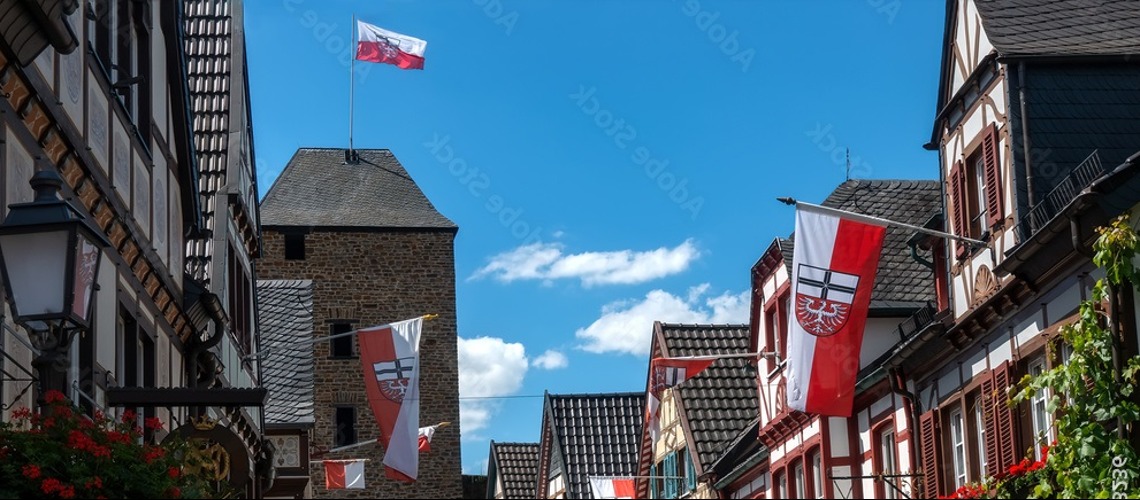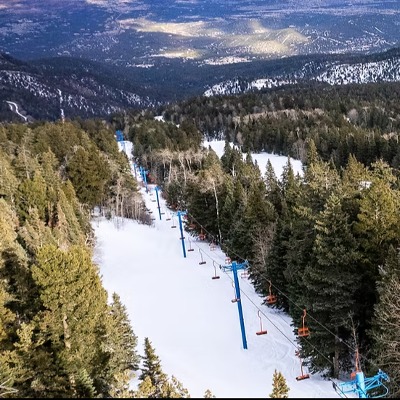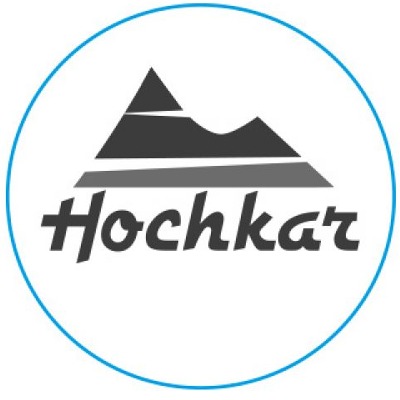Ahr Valley - Public Transport Cable Car Proposal Rejected

At its most recent meeting, the District and Environmental Committee (KUA) of the Ahrweiler district dealt with the question of whether the construction of a cable car through the Ahr Valley is a sensible alternative to rebuilding the Ahr Valley Railway, which was severely damaged by the flood disaster. As part of the future conference "Reconstruction of the Ahr Valley" last autumn, the proposal was made to build a cable car through the Ahr Valley instead of rebuilding the rails.
In order to get an idea of the pros and cons of a cable car as an alternative means of transport in local public transport (ÖPNV) to the Ahr Valley Railway, the special purpose association for local rail passenger transport in Rhineland-Palatinate North and the district administration of Ahrweiler had invited two well-known companies to the Ahr Valley, who already had experience with the construction and operation of public transport cable cars. For the part of the Ahr Valley Railway between Ahrbrück and Adenau that was shut down in the 1980s, the companies came to the conclusion that a cable car could not compete with regular buses because of the longer travel time. The tour of the Ahr Valley was concentrated on the Middle Ahr, where the Ahr Valley Railway was hit particularly hard by the flood disaster.
Based on the knowledge gained on site and the technical conditions, the cable car experts developed a route option for the possible operation of a public transport cable car for the Ahr Valley. This provides for a cable car route that connects the local community of Dernau with the Ahrweiler train station. At a maximum cruising speed of 30 kilometers per hour, the travel time would be around 14 minutes, according to the manufacturer. The manufacturer's proposal does not provide for a continuation of the cable car to the villages of Rech, Mayschoss, Altenahr and Ahrbrück. Since cable cars cannot take curves due to their design, the construction of direction-changing stations would be necessary in view of the narrow valley location of the Mittelahr with its meandering river. which represents an additional cost factor for the construction and maintenance of the cable car. Driving over residential areas is also problematic.
The district and environmental committee came to the unanimous conclusion that under these conditions a cable car does not represent an equivalent alternative to the reconstruction of the Ahr Valley Railway and that this option for public transport will not be pursued any further. The committee members identified the continuous connection of the Ahr Valley Railway from Ahrbrück to Remagen or to Bonn as an advantage over a cable car. In addition, procedural hurdles would first have to be overcome for the construction of a cable car. Due to the size of the area, a process lasting several years would have to be expected for the creation of the necessary planning rights.
The committee did not deal with the question of whether the construction of a cable car for tourist purposes in the Ahr Valley is an option. This should first be discussed at the level of the cities, associated municipalities or municipalities.













